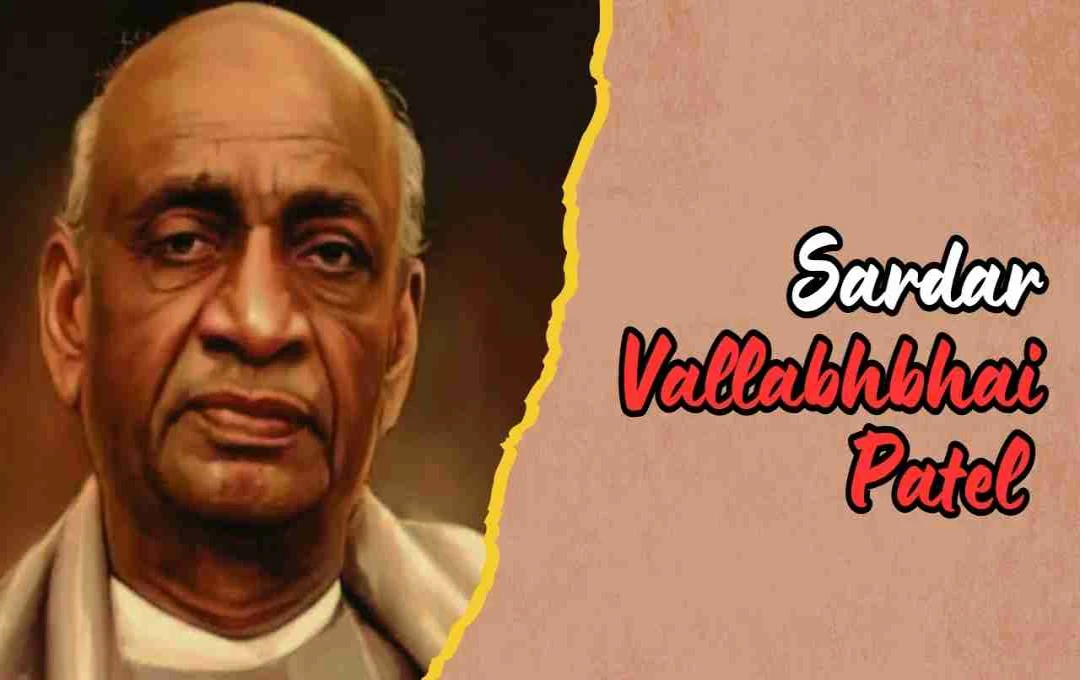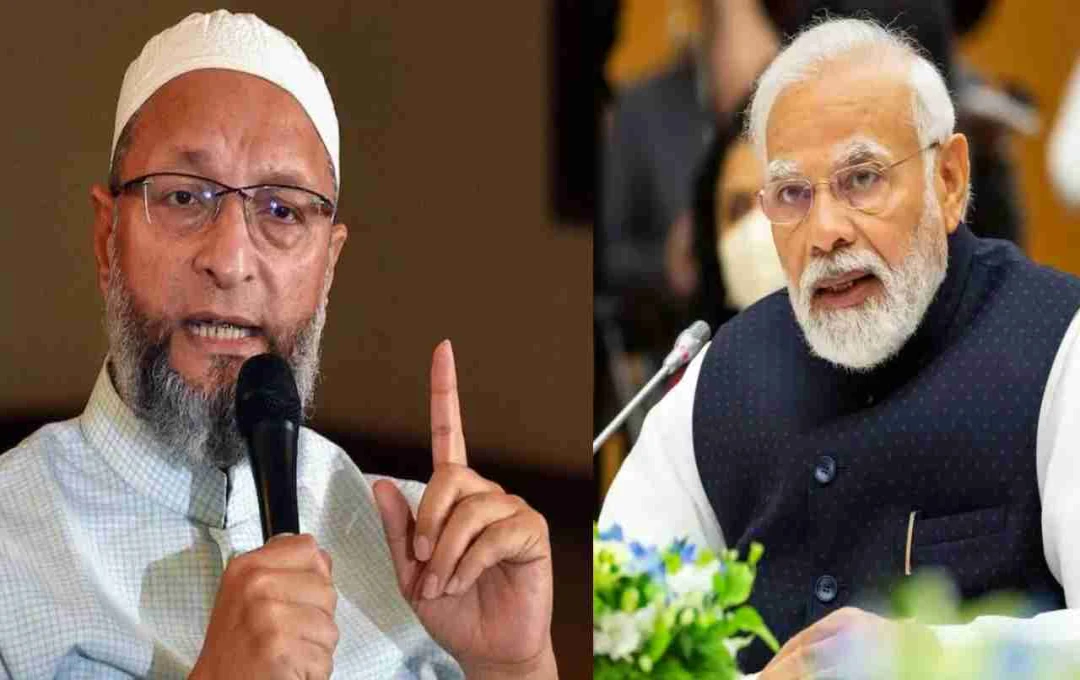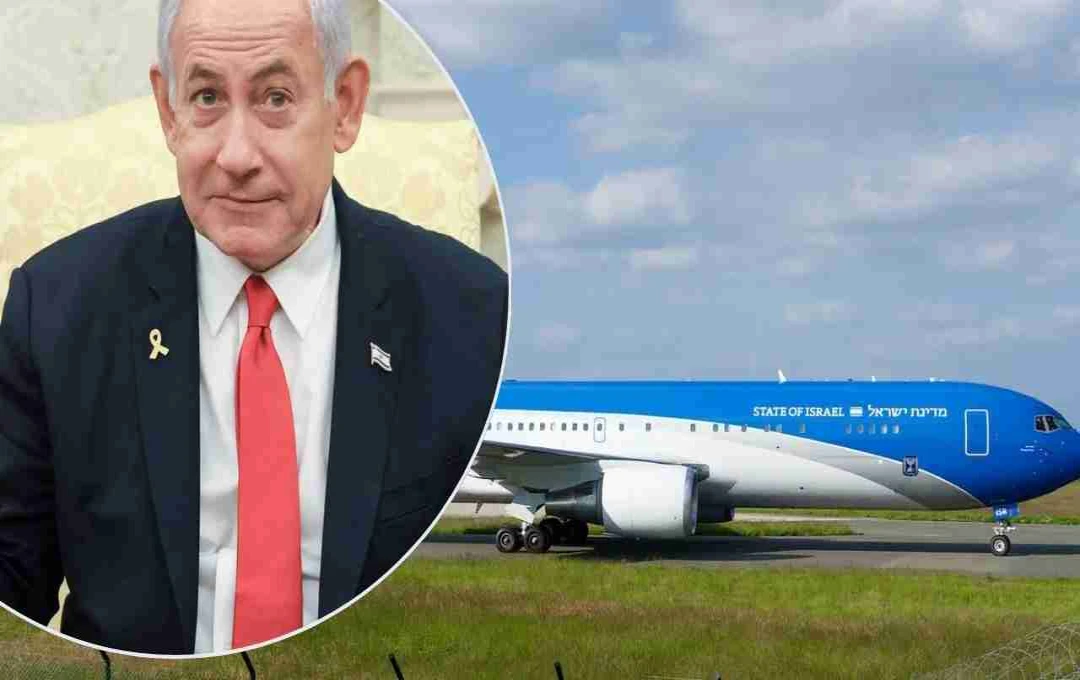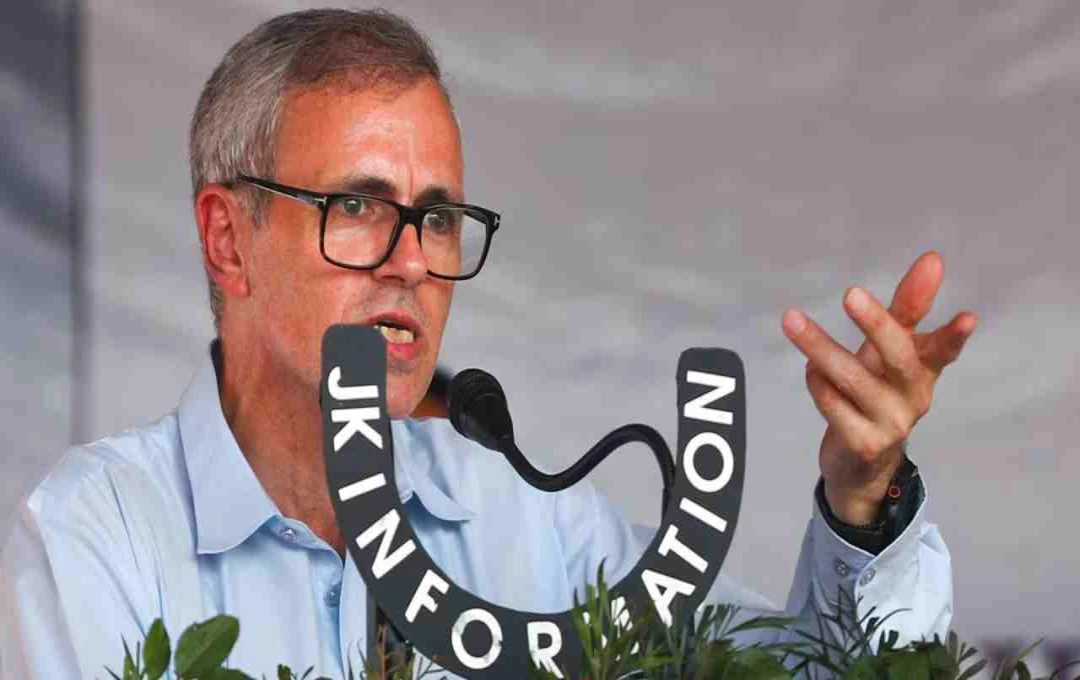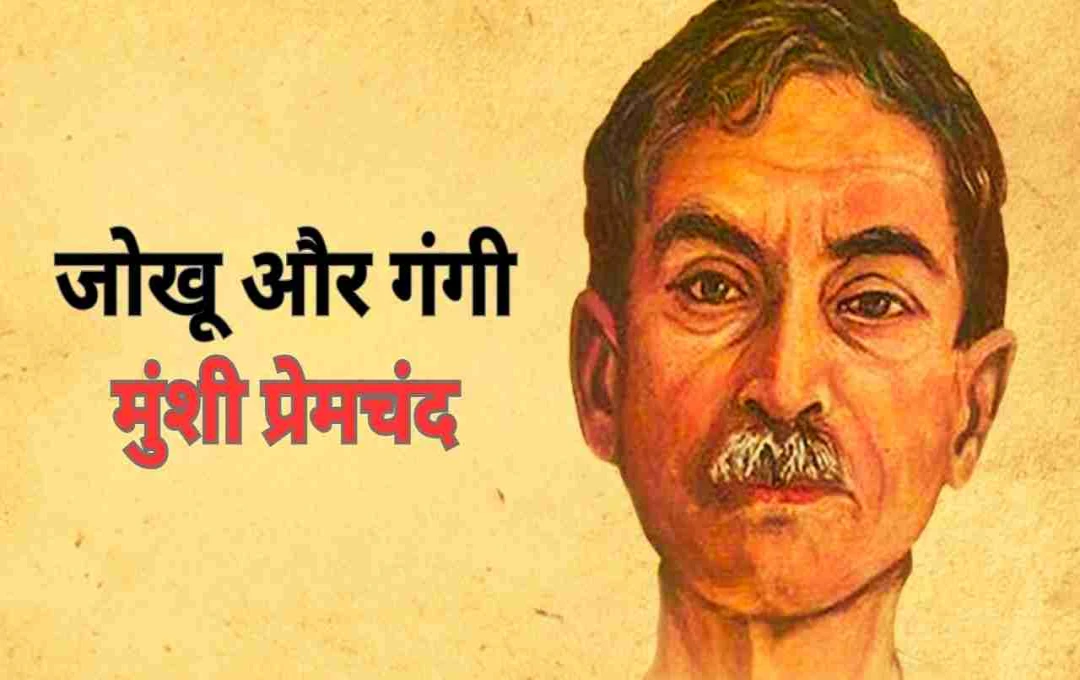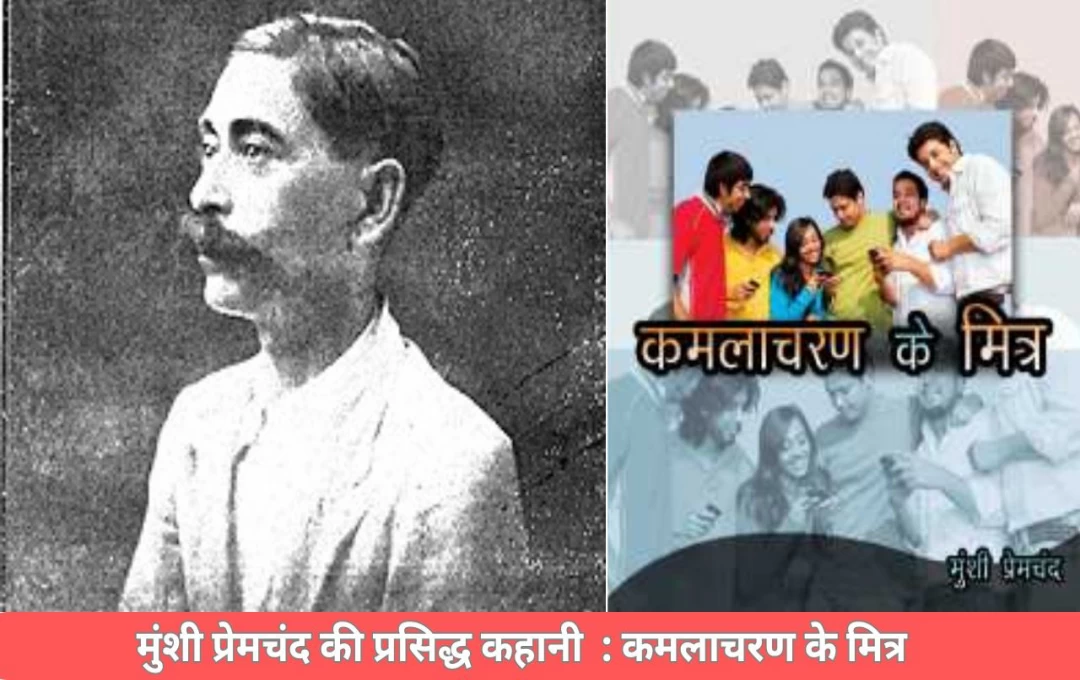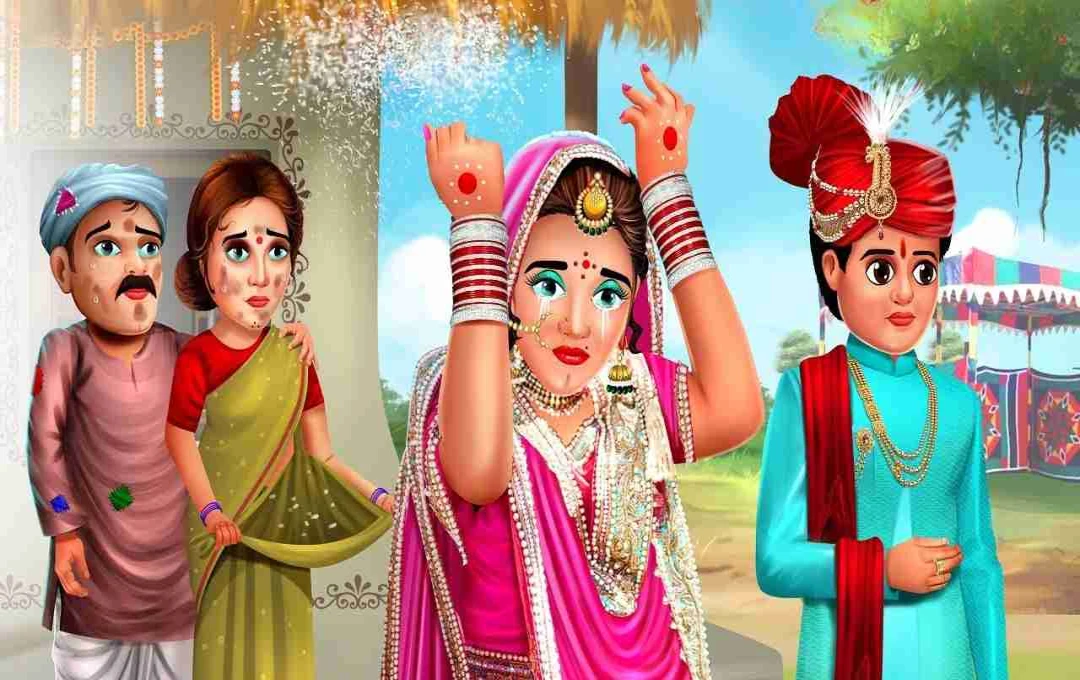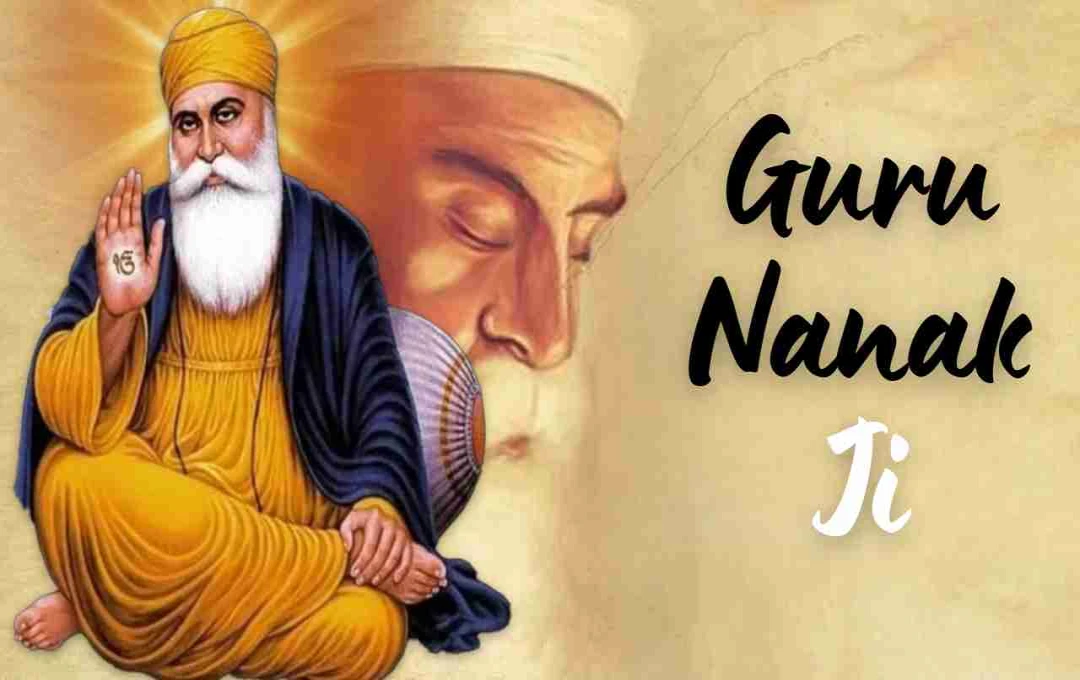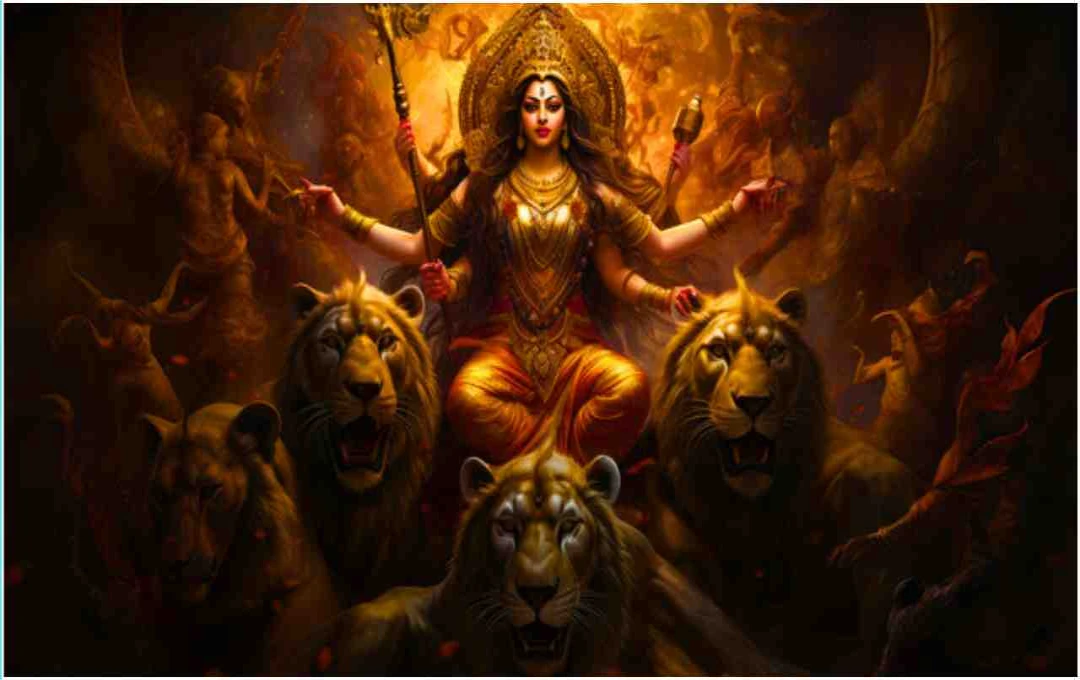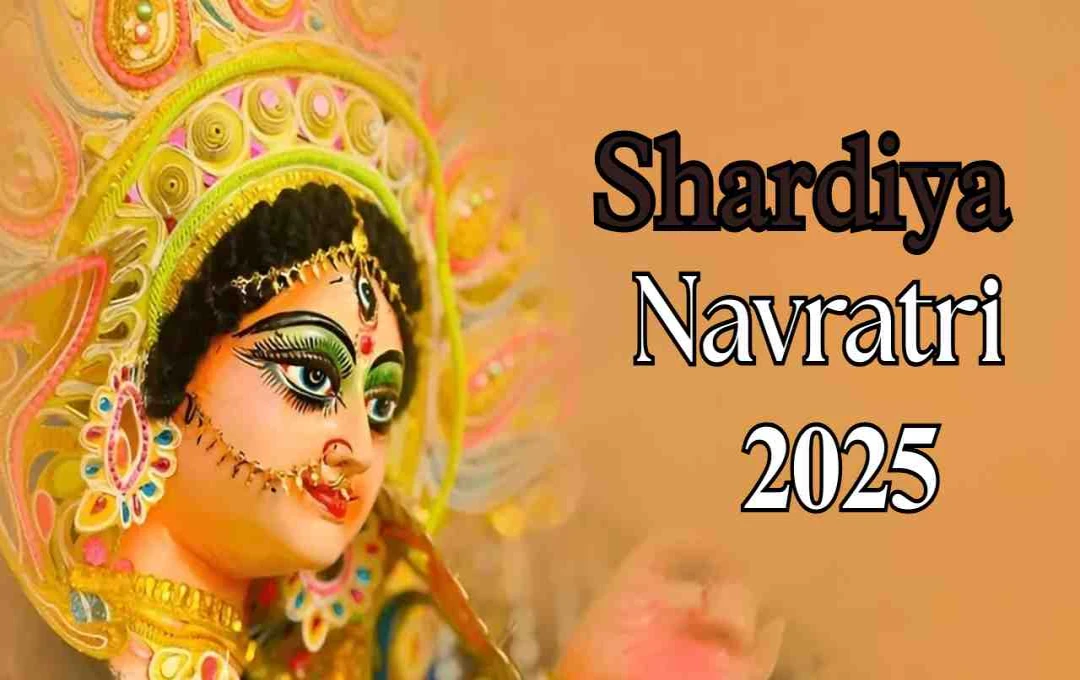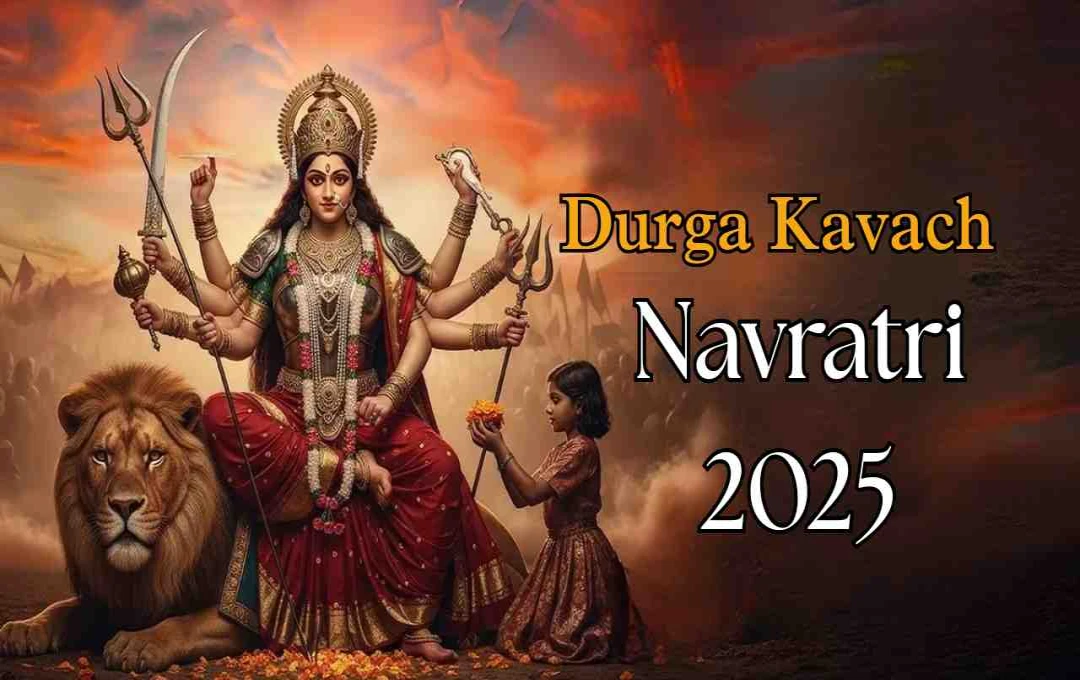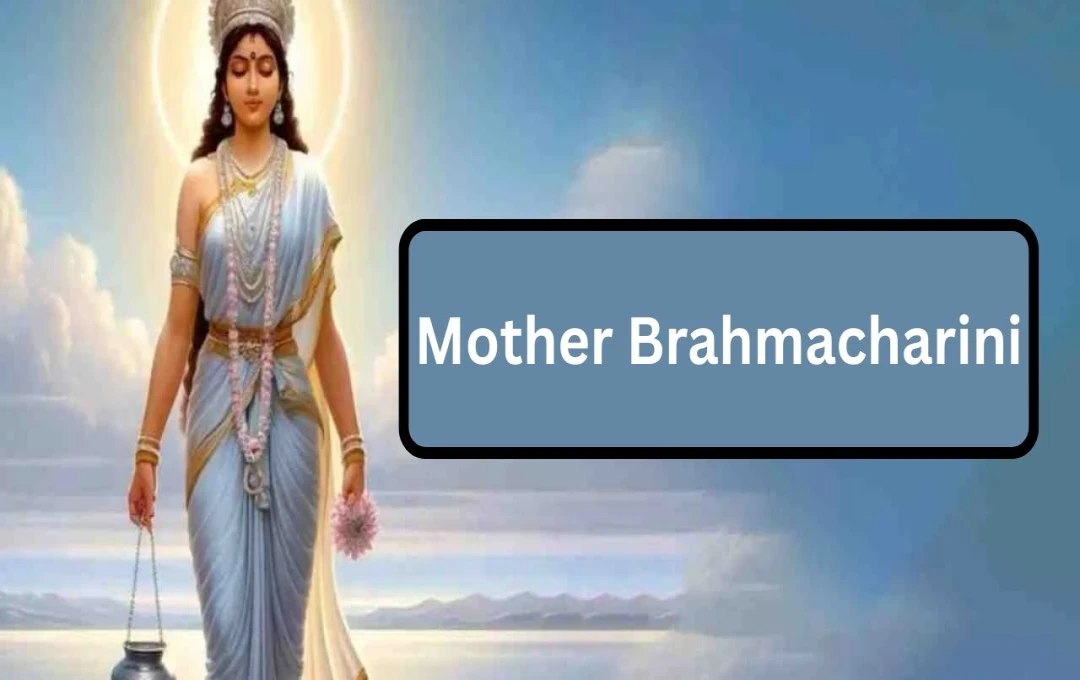India's history is replete with great figures who made unique contributions to the freedom struggle and played a decisive role in the creation of independent India. However, when we talk about India's unity, integrity, and stability, the name that comes to mind first is Sardar Vallabhbhai Patel. He was not only a skilled advocate and freedom fighter, but also a true nation-builder who laid the foundation for a united India by integrating the Indian subcontinent.
Early Life: From Simplicity to Extraordinary
Sardar Patel was born on October 31, 1875, in the town of Nadiad, Gujarat. His full name was Vallabhbhai Jhaverbhai Patel. He came from a Leva Patel farming family. From childhood, he possessed a sense of self-reliance and willpower. He received his schooling in Nadiad, Borsad, and Petlad, and in his youth, he independently studied and passed the law examination.
A notable aspect of Patel's life was that instead of considering any task difficult, he performed it with complete dedication. According to an incident, he once lanced a boil on his body himself with a knife without any fear, while the barber standing nearby was trembling. This incident is indicative of his patience and self-control.
From Law to Public Service
Vallabhbhai Patel was a successful lawyer, and his law practice was thriving in Ahmedabad. He used to wear European attire and live a luxurious life. But when, inspired by the ideas of Mahatma Gandhi, he chose the path of serving the nation, he gave up everything — foreign clothes, lifestyle, and even his personal interests.
Kheda, Borsad, and Bardoli: Leading Public Movements
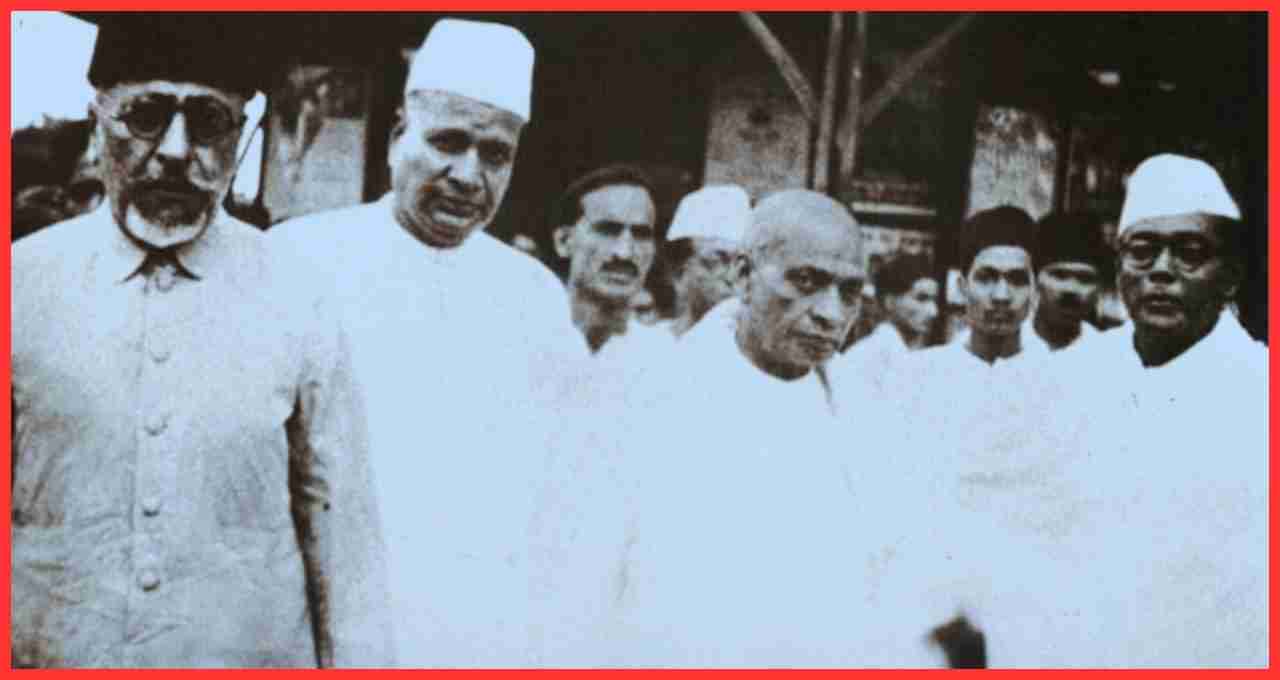
Sardar Patel successfully led Satyagraha movements in Kheda, Borsad, and Bardoli under the leadership of Mahatma Gandhi. In the Kheda Satyagraha of 1918, he raised his voice in support of farmers who were unable to pay taxes. The Borsad movement in 1923 and the Bardoli Satyagraha of 1928 were a testament to his unique organizational skills and leadership ability. After the success of the Bardoli Satyagraha, the women there gave him the title 'Sardar', which means 'leader' or 'chief'. This title later became his identity.
Leadership and Organizational Skills in the Congress
Vallabhbhai Patel held many administrative positions in the Indian National Congress. He served as the President of the Gujarat Pradesh Congress Committee for many years and also became the Congress President at the Karachi session in 1931. Under his leadership, the proposal for 'Fundamental Rights and Economic Policy' was passed, which became the cornerstone for the Indian Constitution. He was one of Gandhiji's closest associates and went to jail with him several times. His speech at the Gowalia Tank Maidan during the Quit India Movement (1942) is considered one of the most inspiring speeches of the Indian independence movement.
After Independence: Architect of the Country's Unity
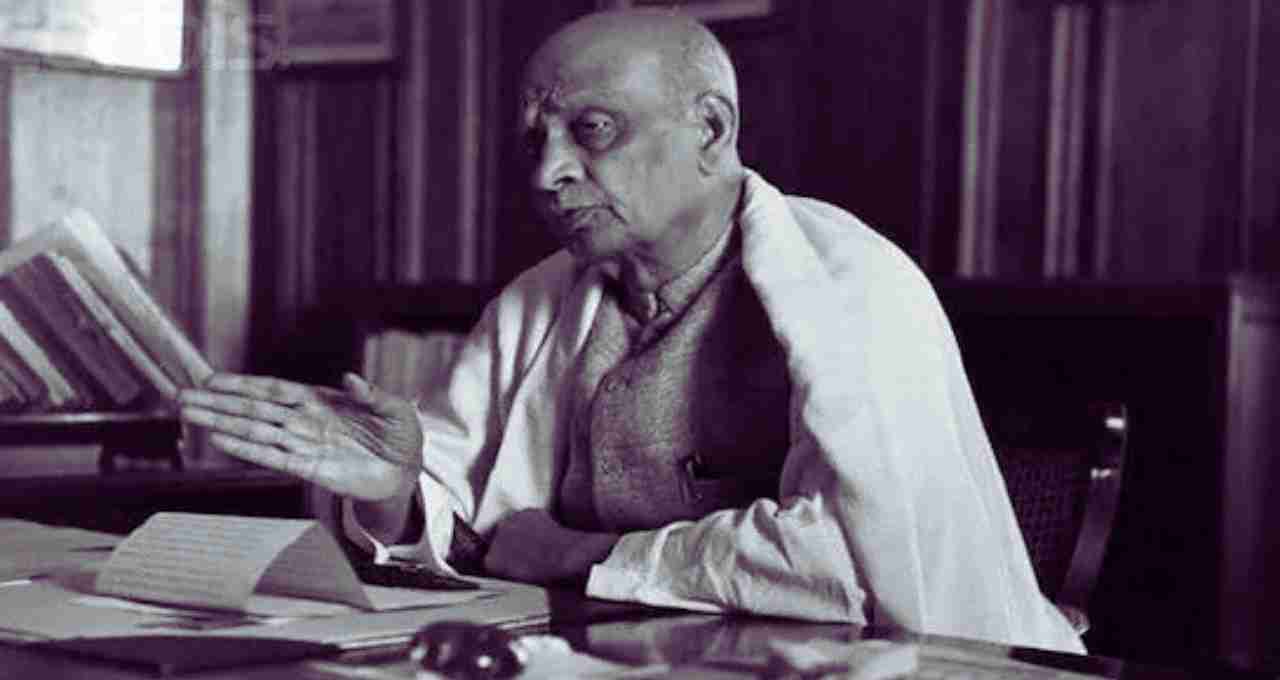
When India gained independence on August 15, 1947, there were more than 565 princely states in the country, which had to be integrated into either India or Pakistan. In this difficult time for the country's unity, Sardar Patel assumed the challenging responsibilities as Home Minister and Deputy Prime Minister. He negotiated with the rulers of the princely states, using strategy and, at times, firmness, and integrated most of the princely states into India. He also integrated disputed territories such as Hyderabad, Junagadh, and Kashmir into India. For this work, he was called the "Bismarck of India" and the "Iron Man."
Administrative Efficiency and All India Services
Sardar Patel believed that a b administrative structure is what makes a nation successful. He established All India Services such as the IAS (Indian Administrative Service) and the IPS (Indian Police Service), which are still the backbone of India's administrative structure today. He is also called the 'patron saint of Indian civil servants'.
Nehru and Patel: Different Views, Common Goal
Although Sardar Patel and Pandit Jawaharlal Nehru had differing views on several occasions, especially on the subjects of socialism and foreign policy, both were dedicated to the independence and unity of India. After Gandhiji's death, Sardar Patel fully cooperated to keep Nehru as Prime Minister and stepped aside himself.
Death and Legacy
Sardar Patel passed away on December 15, 1950, in Mumbai. After his death, India lost a leader whose determination, clarity, and patriotism were unmatched. In his memory, the "Statue of Unity" was inaugurated on October 31, 2018, which is the world's tallest statue (182 meters). This statue is a tribute to the leader of India who united a fragmented India into one nation. The contribution that Sardar Vallabhbhai Patel made to unite India will be written in golden letters in history. He was not only a leader but also an idea – of unity, of resolve, and of service. Today, when we talk about "Ek Bharat, Shreshtha Bharat" (One India, Great India), it is the result of Sardar Patel's vision.
Sardar Vallabhbhai Patel was a true symbol of Indian unity, integrity, and nation-building. His vision, determination, and administrative skills established India as a nation. His legacy as the Iron Man will always inspire the country.
